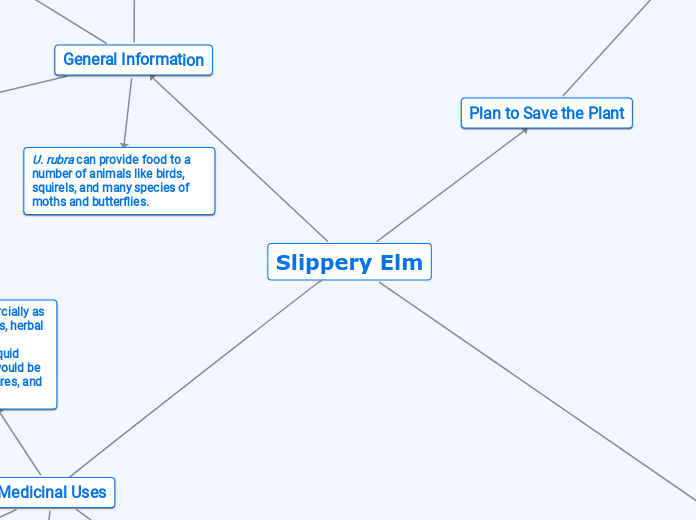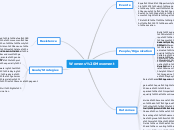jonka Ken Villarosa 5 vuotta sitten
364
Slippery Elm
Efforts to preserve the slippery elm focus on combating Dutch Elm Disease (DED) by cross-breeding with Asian elm species, which exhibit natural resistance to the disease. This strategy aims to create hybrids that can withstand DED, thereby bolstering the population of slippery elms.









